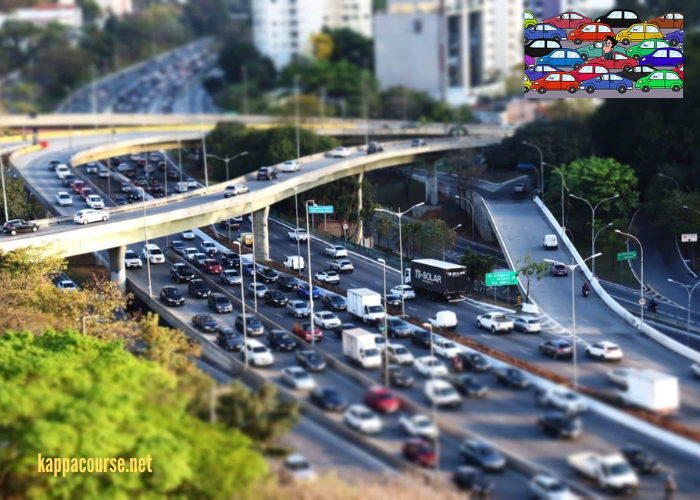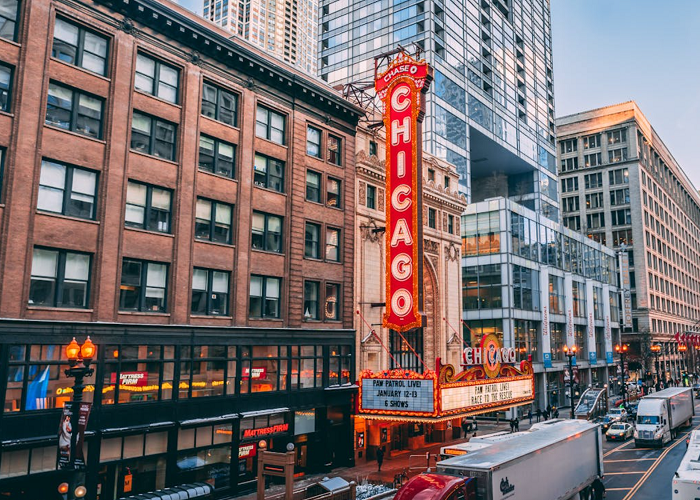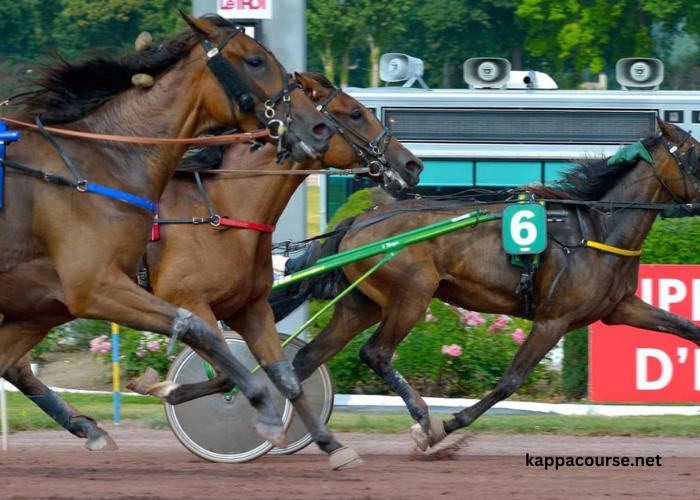Driving in France offers a mix of picturesque views, historic landmarks, and diverse terrain. But before embarking on that scenic coastal drive or cruising through the wine regions, understanding Quelles sont les conditions de circulation? or What are the traffic conditions? is paramount. Let’s dive deep into France’s traffic conditions, regulations, and the tools available to navigate its roads safely.
The Importance of Knowing Traffic Conditions
Being informed about traffic conditions is more than just avoiding traffic jams. It’s about:
Safety: Knowledge of road conditions can prevent accidents.
Planning: Optimal routes save time and fuel.
Experience: Enhances the driving experience, making it stress-free and enjoyable.
Common Traffic Conditions in France
France’s varied topography and dense urban areas lead to diverse traffic scenarios:
Congestion in Major Cities: Cities like Paris, Lyon, and Marseille experience rush hours, especially during holidays.
Seasonal Traffic: Summer months see increased traffic towards coastal areas, while winter draws crowds to the Alps.
Roadworks: Maintenance and upgrades can lead to temporary road closures or restrictions.
Events: Festivals, public events, or strikes can significantly influence traffic flow.
Tools to Check Traffic Conditions
Several platforms offer real-time updates on France’s traffic:
Bison Futé: A government service providing traffic forecasts.
SyTadin: Specific to the Paris region, it gives live traffic information.
Radio: Stations like Radio Vinci Autoroutes focus on traffic updates, especially on motorways.
Mobile Apps: Applications like Waze and Google Maps provide real-time traffic data and alternate route suggestions.
Understanding French Road Signs
French road signs might differ from what you’re used to:
Prohibitory Signs: Usually circular with a red border indicating a restriction, e.g., speed limits.
Mandatory Signs: Indicate a specific action, like follow the direction.
Information Signs: Rectangular and provide details about services or directions.
Familiarizing yourself with these signs ensures you understand road conditions better and adhere to regulations.
Factors Impacting Traffic Conditions
Weather: Snow in the mountains, rain, or fog can impact visibility and road traction.
Strikes: France occasionally witnesses strikes which can disrupt regular traffic flow.
Tourist Influx: Tourist hotspots see a significant increase in traffic during peak seasons.
Tips for Navigating French Roads
Stay Informed: Regularly check traffic updates if on a long journey.
Avoid Peak Hours: If possible, avoid driving during early mornings and late afternoons on weekdays.
Carry Physical Maps: While digital is the norm, having a physical map ensures you’re never truly lost.
Learn Basic Phrases: If you don’t speak French, learning phrases like “Quelles sont les conditions de circulation?” can be handy during interactions.
Importance of Eco Driving in France
Eco driving is promoted to reduce environmental impact and enhance road safety:
Adhering to Speed Limits: Saves fuel and reduces accidents.
Smooth Driving: Avoiding sudden accelerations or brakes reduces CO2 emissions.
Regular Vehicle Maintenance: Ensures optimal performance and fewer emissions.
Preparing for Different Terrains
France offers diverse driving terrains:
Mountainous Regions: Require adept skills, especially during winters.
Rural Countryside: Narrow roads necessitate cautious driving.
City Driving: Demands awareness of pedestrian zones and one-way systems.
Staying Updated on Legal Regulations
Regularly reviewing French road regulations ensures you’re always compliant. This includes understanding parking rules, speed limits, alcohol limits, and more.
Embracing the French Driving Culture
While understanding traffic conditions is crucial, embracing the local driving etiquette enhances the experience. This includes:
Greeting: A simple nod or wave when someone lets you pass goes a long way.
Patience: French drivers value patience, especially in areas with heavy tourist traffic.
Respecting Pedestrians: Always yield to pedestrians at crosswalks.
A Deeper Dive into France’s Motorways
French motorways, or autoroutes, are well-maintained, efficient, and often tolled. Here’s what you need to know:
Toll Systems: Operated mainly by private companies, fees vary based on the distance covered and vehicle type. Make sure to have cash or a compatible credit card.
Service Areas (“aires”): Regularly spaced, they offer restrooms, fuel stations, and sometimes eateries. Perfect for breaks on long journeys.
Emergency Phones: Located every 2km, these orange telephones connect directly to the nearest rescue center.
Roundabouts: A Quintessential Feature
Roundabouts are prevalent in France:
Priority: Vehicles already on the roundabout usually have the right of way, but always watch for signs indicating otherwise.
Signal: Indicate your exit, ensuring clarity for other drivers.
Navigating Parking in French Cities
Parking can be challenging in bustling French cities:
Blue Zones (Zone Bleue): Short-term parking areas, where a disc (available at tourist offices or tobacconists) indicates your arrival time.
Paid Parking: Often found in city centers, rates vary, and payment methods include coins, cards, or mobile apps.
Underground Carparks: A safer, albeit pricier, option in metropolitan areas.
Safety Precautions & Equipment
Certain safety equipment is mandatory in all vehicles:
High Visibility Vest: For each passenger, accessible without leaving the car.
Warning Triangle: To be used during breakdowns or emergencies.
Breathalyzer: Though the €11 fine for not having one isn’t currently enforced, it’s still a legal requirement.
Adapting to Unique French Road Quirks
Every country has its idiosyncrasies, and France is no different:
Priority to the Right: In some areas, vehicles from the right have priority, unless indicated otherwise.
Flashing Headlights: Often means a driver is giving way to you, but it can also indicate a warning.
Honking in Cities: Rarely used, except in danger. A flash of the headlights is more common for minor alerts.
Embracing Sustainable Driving Practices
As France moves towards sustainability, electric vehicle (EV) charging stations are proliferating:
Green Parking Spaces: Reserved for EVs.
Charging Stations: Many service areas on motorways and public carparks in cities now feature charging stations. Apps like ChargeMap can guide you to the nearest one.
Conclusion
Quelles sont les conditions de circulation? is more than just a question about traffic. It’s a doorway into understanding and appreciating the rich tapestry of France’s roadways. By staying informed, respecting the rules, and embracing local etiquette, you not only ensure a safe journey but also enrich your French driving experience.



